 James H. Penick
James H. Penick
Time Period: Early Twentieth Century (1901 - 1940)
 James H. Penick
James H. Penick
Jameson, Jordan (Lynching of)
 Jameson Lynching Article
Jameson Lynching Article
 Jamestown Thresher
Jamestown Thresher
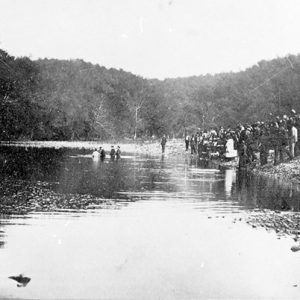 Jasper Baptism
Jasper Baptism
Jasper Commercial Historic District
 Jasper Methodist Church
Jasper Methodist Church
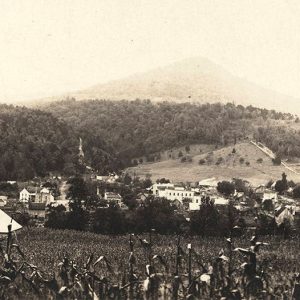 Jasper Overlook
Jasper Overlook
Jeanes Supervising Industrial Teachers
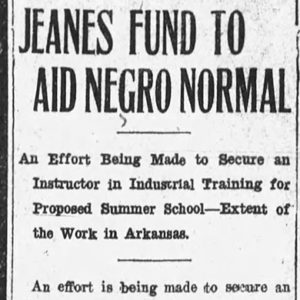 Jeanes Teachers Article
Jeanes Teachers Article
 Joe Jeffers
Joe Jeffers
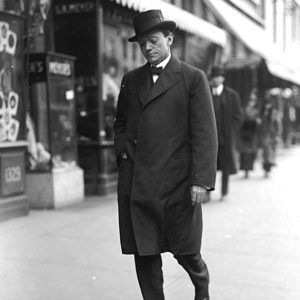 Robert E. Jeffery Jr.
Robert E. Jeffery Jr.
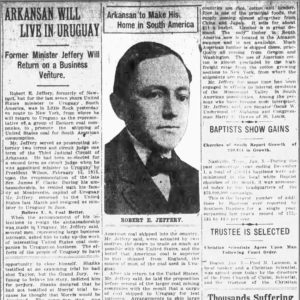 Robert E. Jeffery Jr. Article
Robert E. Jeffery Jr. Article
Jeffery, Robert Emmett Jr.
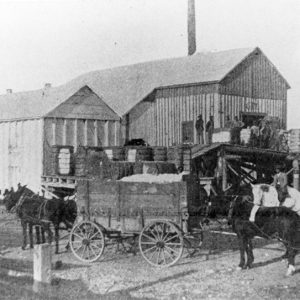 Jericho Gin
Jericho Gin
 Jerome Depot
Jerome Depot
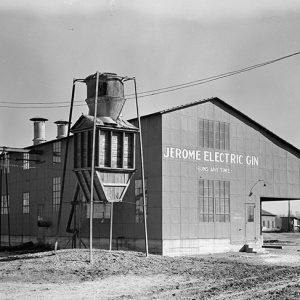 Jerome Cotton Gin
Jerome Cotton Gin
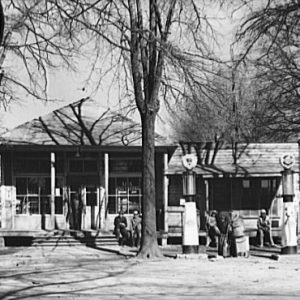 Jerome Post Office
Jerome Post Office
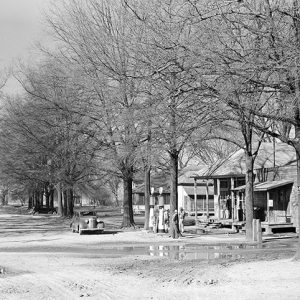 Jerome Street Scene
Jerome Street Scene
 Jerome Cotton Gin
Jerome Cotton Gin
 Jerome Elementary School No. 22
Jerome Elementary School No. 22
Jerome Elementary School No. 22
 Jerome Street Scene
Jerome Street Scene
Jess Norman Post 166 American Legion Hut
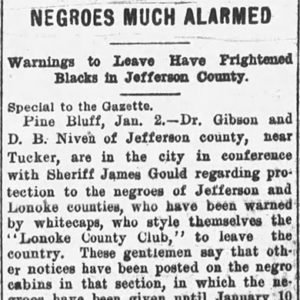 White Jetton Lynching Article
White Jetton Lynching Article
Jetton, White (Lynching of)
 Jewell Lumber
Jewell Lumber
 Jim Crow Laws Cartoon
Jim Crow Laws Cartoon
Jimerson, Aaron (Lynching of)
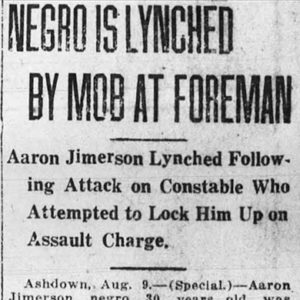 Aaron Jimerson Lynching Article
Aaron Jimerson Lynching Article
 Joe Actor
Joe Actor
 Joe Hogan Fish Hatchery
Joe Hogan Fish Hatchery
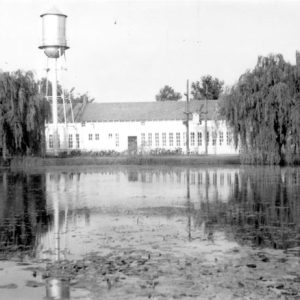 Joe Hogan Fish Hatchery
Joe Hogan Fish Hatchery
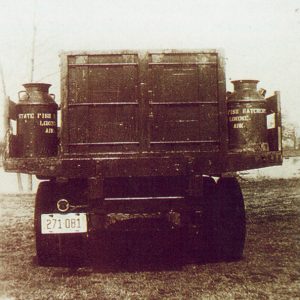 Joe Hogan Fish Hatchery Truck
Joe Hogan Fish Hatchery Truck
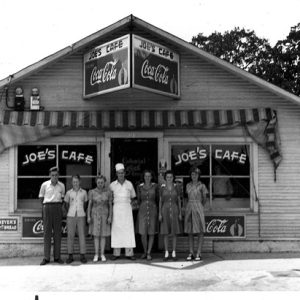 Joe’s Cafe
Joe’s Cafe
John F. Weinmann House
 John Segalla Winery
John Segalla Winery
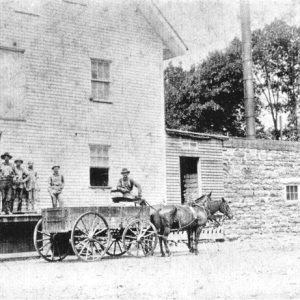 Johnson Warehouse
Johnson Warehouse
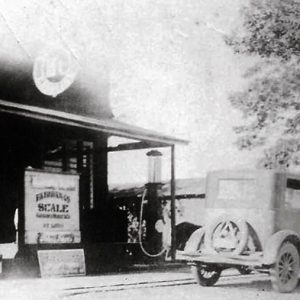 Johnson Store
Johnson Store
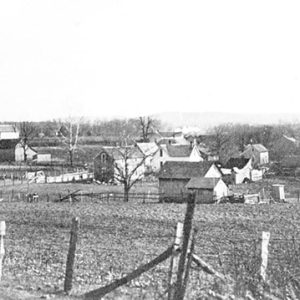 Johnson, 1910
Johnson, 1910
Johnson County Courthouse
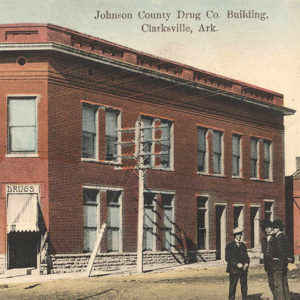 Johnson Drug
Johnson Drug
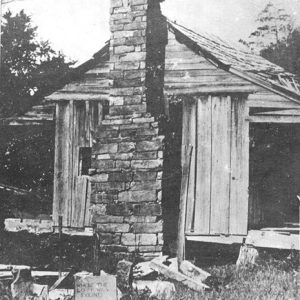 Ambrose Johnson Home
Ambrose Johnson Home
 Johnson Lime Kiln
Johnson Lime Kiln
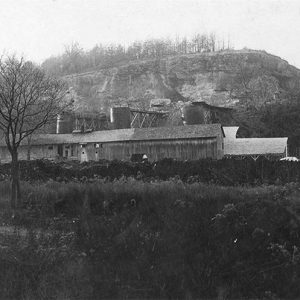 Johnson Lime Kiln
Johnson Lime Kiln
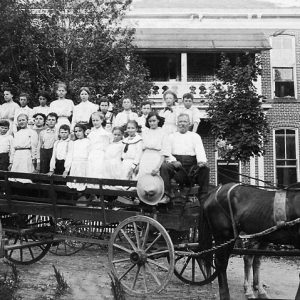 Johnson Mill Sunday School Class
Johnson Mill Sunday School Class
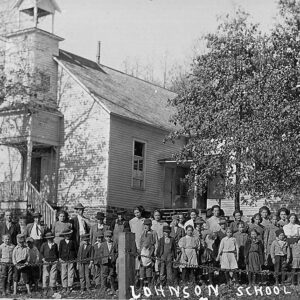 Johnson School
Johnson School
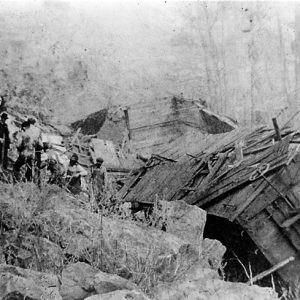 Johnson Train Wreck
Johnson Train Wreck




